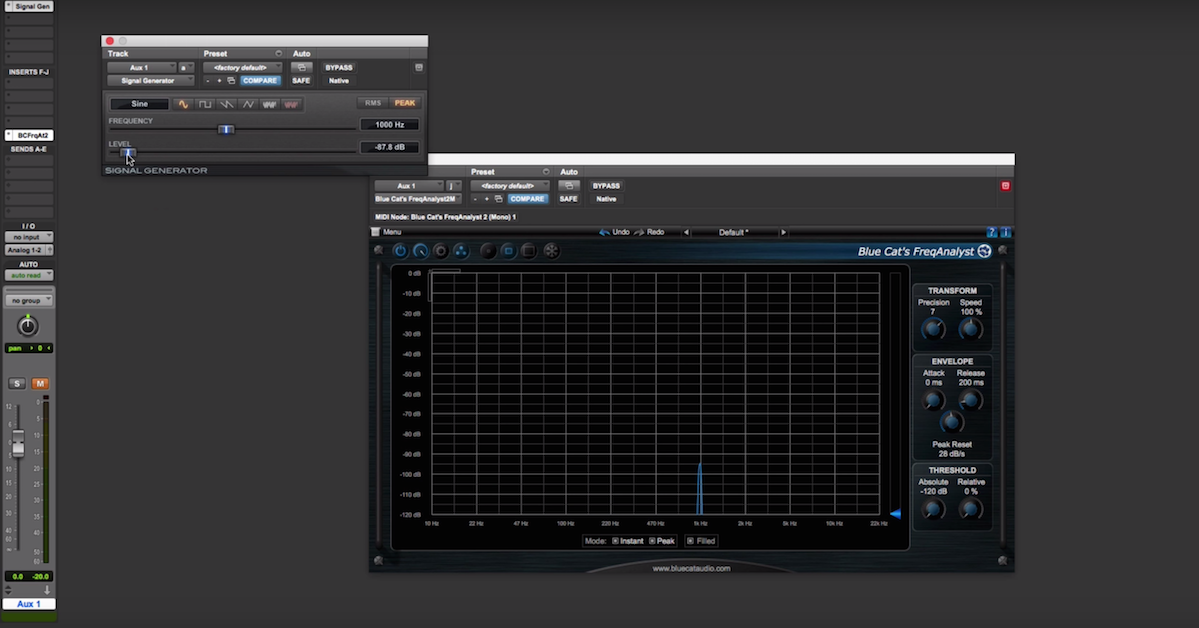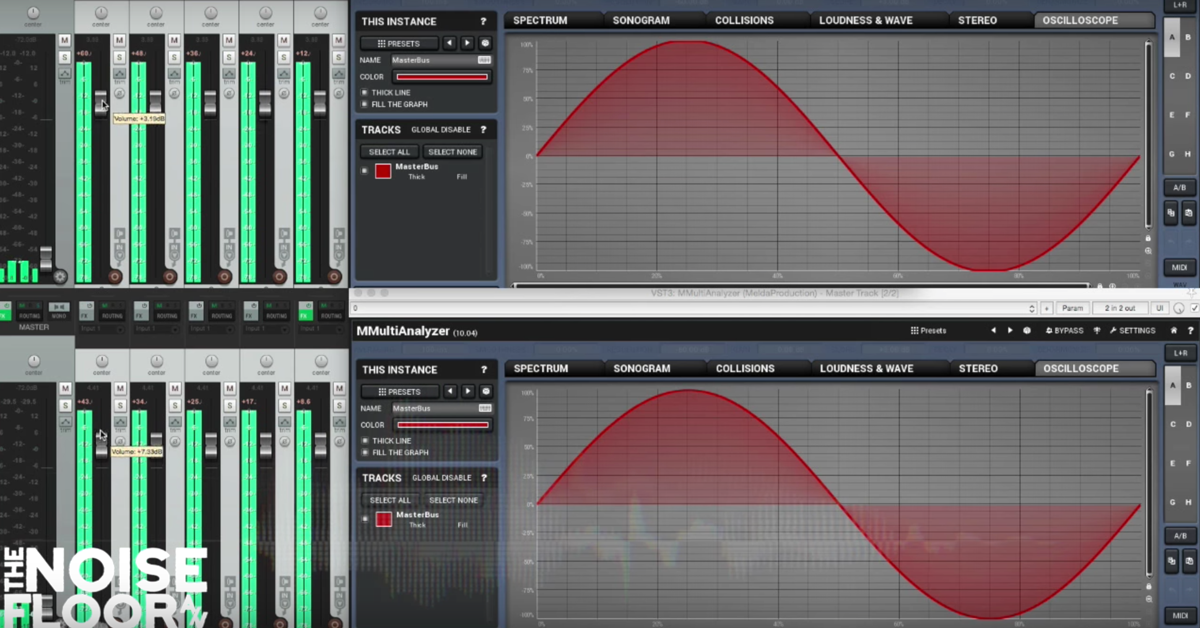Analog vs Digital Summing: Which is Preferred?
Article Content
When it comes to combining audio in a multitrack recording, there are two categories of methods: digital summing and analog summing.
Digital summing is accomplished within the software of a Digital Audio Workstation (DAW). Analog summing is accomplished using external hardware to the DAW.
Even if the input audio is identical when using digital and analog summing, the output signals will be different. The question then becomes, “can listeners perceive the difference?” Ian Vargo recently conducted an experiment to answer this question. The answer is revealed in the comments — scroller beware.
Preference Experiment
When it comes to summing, a slightly different question to ask is whether listeners have a preference for analog or digital summing. In general, detection tests (can you hear a difference?) answer a different question than preference tests (do you like one option more than another?).
I’ve been teaching a class at Belmont University that covers topics including perceptual experiments, the scientific method, and the auditory system. As part of the class, one group of students conducted an experiment on listener preferences for analog and digital summing.
An additional question they asked as part of the experiment was whether the genre of music influences preferences for summing type. The results of the experiment were presented and published as part of the 137th AES Conference.
To create the sound files for the experiment, digital summing was accomplished within Pro Tools. Analog summing was accomplished using an ADM 780 console. The digital instrument stems were converted to analog separately using a Focusrite Rednet interface. After analog summing using the console, the stereo audio signal was converted back to digital using the same interface.
During the listening experiment, each listener heard digital and analog sound files without knowing which was which. Each listener had to respond by picking which file they preferred for a repeated number of trials. This was done with sound files for three separate genres: classical, pop/country, and hard rock.
Results
The results of the experiment indicated that listeners did show a preference for specific summing types.
- For the files representing classical music, listeners preferred digital summing.
- For the files representing hard rock, listeners preferred analog summing.
- For the files representing pop/country, listeners did not show a preference for either type of summing.
These results suggest that listeners do not always prefer the same type of summing in all cases. In fact, a listener’s preference for summing type depends on the genre of music. In some cases digital summing is preferred. In other cases, analog is preferred.
Conclusion
As an audio engineer, you have a choice to make between analog and digital summing. At the end of the day, your choice should be based on what sounds best. This experiment provides some insight to determining which type of summing listeners prefer.
If you cannot afford to use true analog summing or do not like the workflow, there are plenty of digital plugins that model the processing of analog summing. Using processors to achieve an “analog” sound can sometimes improve the sound of your recordings, but of course should not be overused to the point of making the recording sound worse.
Check out the actual journal article for a detailed explanation of the experiment.





